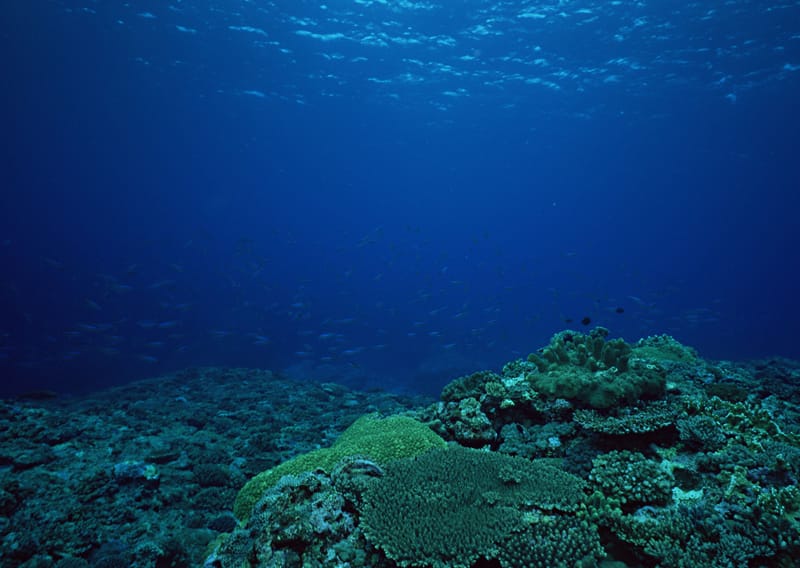Underwater Safety Testing

The demand for underwater safety inspection mainly stems from ensuring the safety of underwater infrastructure, preventing natural disasters, controlling pollution, protecting the ecological environment, and supporting resource development and military defense.
Underwater inspection robots bring significant advantages to the inspection of underwater environments and facilities. Through their flexible movement and high-precision sensing equipment, robots can penetrate into complex underwater structures and quickly and accurately detect corrosion, cracks, pollutants and other problems, avoiding the high risk of manual diving. At the same time, robots can work for a long time, reduce labor costs, and transmit inspection data in real time, providing efficient and low-cost solutions for the safe maintenance of underwater environments, helping to increase the service life of underwater facilities and ensure the health of the ecological environment. Through regular inspections, structural damage can be prevented, pollution sources can be monitored in real time, operational risks can be reduced, and technical support can be provided for environmental protection and safety management, thereby improving the overall safety of underwater areas. Underwater safety inspections include bridge piers, offshore wind power base inspections, pier/bridge safety inspections, and safety inspections in designated waters.
Sealand Technology provides comprehensive underwater safety assessments and uses unique underwater inspection robots. It can not only be used for inspections of bridges and offshore wind turbine foundations, but can also accurately identify underwater conditions such as bridge piers and foundation cracks and corrosion levels, and provide timely warnings to improve safety levels. It also provides real-time exploration and detection services in specific waters to ensure the safety of waters in the area.
